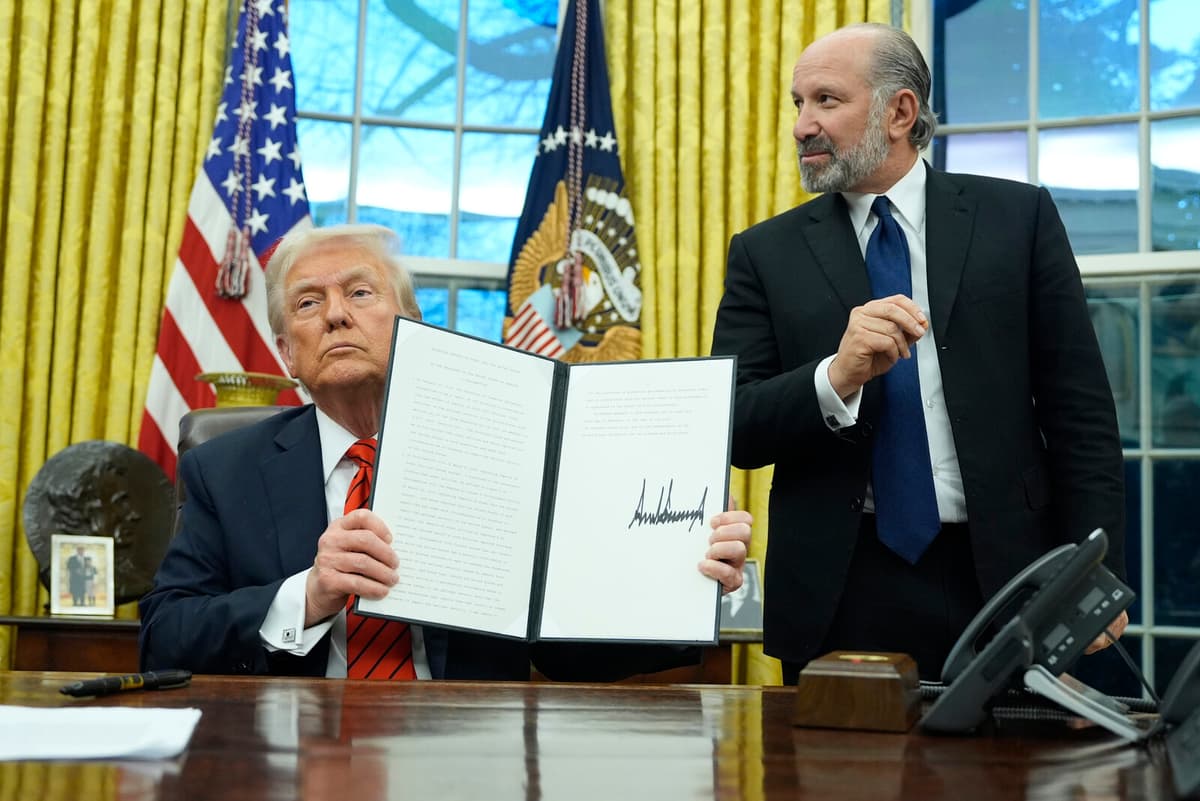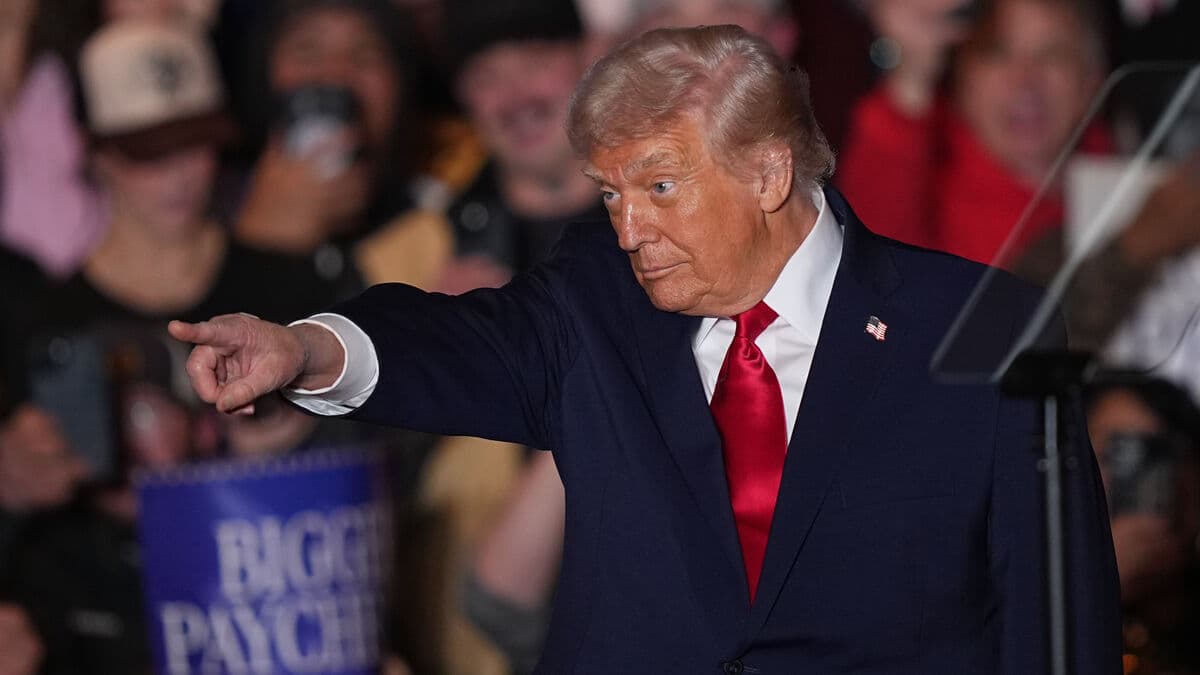— It is 25 percent without exception, says Trump in connection with signing the order at the White House late on Monday evening Swedish time.
They will come into force on March 12, according to the White House.
The tariffs will apply to all American imports of steel and aluminum, including from Canada and Mexico, the country's two largest foreign suppliers of the metals.
They also risk hitting Swedish steel exporters hard, said Sweden's Minister for Foreign Trade Benjamin Dousa (M) earlier on Monday.
But this type of tariff does not least hit American industry and American consumers, who will get higher prices. We also know that tariffs generally are inflationary, said Dousa then.
Trump says he is considering an exemption for Australia from the steel tariffs, citing that the US has a trade surplus with the country.
Trump is also signaling that he will review additional tariffs on cars, pharmaceuticals, and microchips.
The EU is expected to respond with countermeasures.
Even the previous Trump administration introduced 25-percent tariffs on steel and 10-percent tariffs on aluminum in 2018. The EU responded then with tariffs on American goods such as motorcycles, bourbon, and juice.
Trump's tariffs were later converted by the Biden administration to a quota system in 2021, in exchange for the EU freezing its countermeasures. This agreement expires in March this year and the EU's countermeasures will then begin to apply again if no agreement is reached on something else.
Sweden is, for its economic size, a relatively large steel exporter on the world market, and around 8 percent of Swedish steel exports go to the USA.
In 2023, Sweden was the EU's fourth-largest exporter of steel to the USA, with a total export of 191,000 tons. It was among EU countries that year only Germany (531,000 tons), the Netherlands (388,000 tons), and Belgium (231,000 tons) that exported more steel to the USA, according to the industry organization Eurofer.





